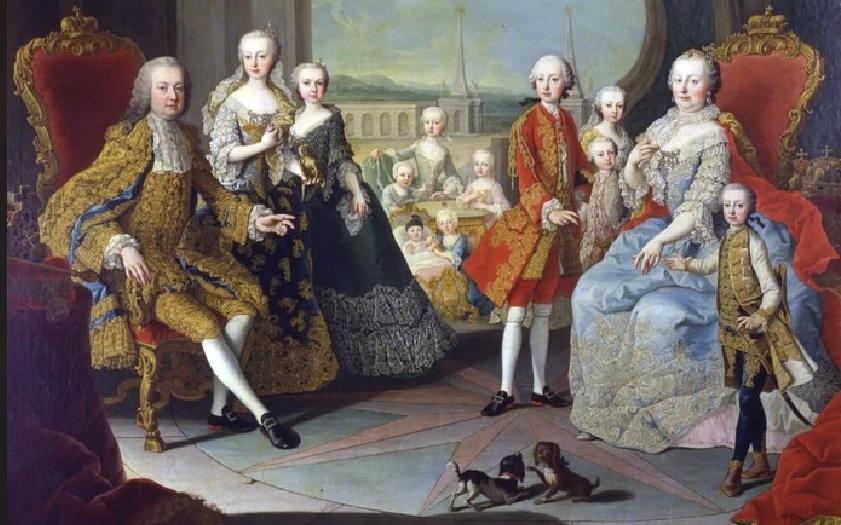Johann Georg Grasel was one of the great figures in Austrian criminal history. The lawbreaker was put on trial in Vienna. The verdict was pronounced on the Hoher Markt. He himself came from a broken family background. From a socio-historical perspective, the Napoleonic Wars were a cause of the weakening of constitutional structures. In the era from 1790 to around 1820, crimes against life and limb and property offenses were commonplace in the suburbs of Vienna as well as in the provincial communities.
There was hardly any functioning executive power. Other reasons were corruption and the influence of the landowners, which prevented public order from functioning. The rural population feared and loved the robber chief. He was known for his brutal raids, but on the other hand he supported the poor and needy.
Grasel had many friends and supporters among the population in northern Lower Austria. The criminal and his gang developed into a security problem. The emperor sent military units to Lower Austria. The robber chief got “wind of this” in time and withdrew. The K.u.K. military was no help in the search for the bandit . A different strategy was needed.
A ruse to capture Johann Georg Grasel
A policeman from Brno, David Mayer, made it his mission to catch the lawbreaker . The lawman cooperated with the court administrator of Drosendorf, Franz Josef Schopf, and the robber chief’s mistress, Therese Heinberger. Mayer had a plan: he played a criminal who would free Therese Heinberger from the prison in Drosendorf and bring her to the robber chief Grasel. The plan was agreed with the court administrator Schopf. In the inn in Mörtersdorf , Johann Georg Grasel was arrested and deported to Vienna, as were his closest accomplices Ignaz Stangel and Jakob Fähding. The trio was presented to the public at the Hoher Markt. The death sentences were carried out on the Glacies in front of the Schottentor.
Time Travel Tip: Hoher Markt 5, the “Schranne”, former Vienna City and Provincial Court, now a residential building, built in 1855, where Johann Georg Grasel and his comrades-in-arms were sentenced to death by hanging.
Editor: Michael Ellenbogen



